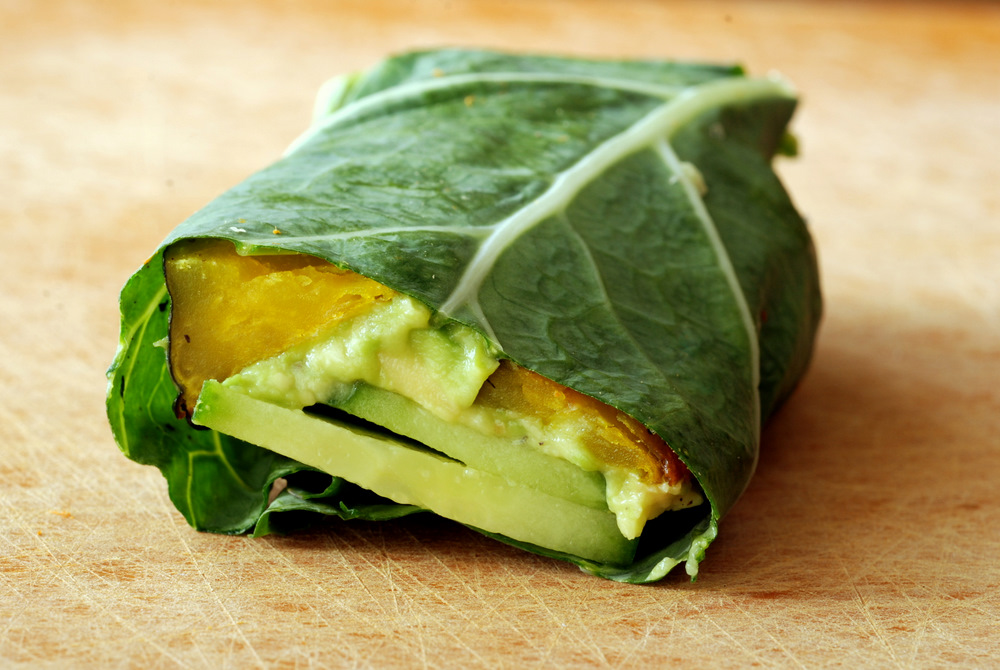The room is spinning, your legs feel like jello, you’ve got an ice-pick headache and it feels like someone whacked you in the stomach with a ping pong paddle.
And it’s time to make breakfast.
For me, there’s no temptation anymore. The easiest thing to do would likely be to shove a piece of toast or a pop-tart into the toaster and lay back down on the couch, but I know that if I want tomorrow to be a better day, an inflammatory, glutenous, sugar-filled breakfast would not be the optimal choice. If I want a healthier tomorrow, I have to make wise choices today.
Radio Show host Sean Croxton recently interview Dr. Tom O’Bryan about the masked ramifications of gluten sensitivity. He states that “just a milligram of gluten per day keeps the healing away”.
So, I dedicate each day to upholding a lifestyle that feeds my body, rather than one that breaks it down. My immune system has already launched into an all-out battle with chronic infection; I can’t afford to the detriment of my immune system being provoked to attack itself too.
Yet, the debilitating symptoms of chronic illness pose a challenge in eating for health. Waking up each morning feeling feeble motivates one to reach for something convenient, but the unfortunate truth is that most “fast” and “convenient” food in our nation is highly toxic to our bodies. Filling our burdened symptoms with processed, allergen filled, sweetened products and expecting to feel “okay” is much like filling a car’s gas tank with dirt and sand and then expecting it to run.
In order to break the vicious cycle, strategy and dedication is key. It takes a while to adapt and figure out how to maneuver such a comprehensive lifestyle change amidst the daily struggle with illness, but here are some tips:
Healthy Kitchen Tips for Those With Chronic Illness
1. Be sure to eat every 2-3 hours, and with each meal or snack include some protein and fat. Keeping your blood sugar stable helps facilitate general physical stability. Your stomach may not feel hungry, but 2 to 3 hours after eating, your blood glucose has dropped and your body is hungry. Low blood sugar levels can cause a significant increase in symptoms, including headaches, nausea, dizziness, and even seizure activity.
2. Keep a snack by your bed, in case you get “stuck” there for a while. Eden Foods Pumpkin Seeds are one of my bedside favorites. Another easy bedside snack fix is an avocado and a spoon.
3. Cook a big pot of a gluten free grain (brown rice, wild rice, millet or quinoa) and a large batch of lentils and store it in the fridge, so you can easily reheat a serving (in a small pot, with a little oil and water) if it’s time to eat and you you’re having trouble being on your feet.
4. Mornings are often hardest because that’s often when blood sugar and hydration are low. It’s difficult to get out of bed to eat and drink, but that’s when a good meal matters most. For a quick and easy breakfast full of healthy protein and fat, I spread generous portions of unsweetened almond butter or sunbutter on whole grain wild rice cakes.
5. When all else fails, put a sweet potato in the oven to bake. Heat the oven to 425 degrees, and go lay back down for an hour and 15 minutes. When it’s finished baking, open it up and fill it with a tablespoon of coconut oil, butter, or ghee. It’s the nausea-friendliest meal I’ve discovered.
6. Ground meat and poultry is likely the easiest and quickest way to get your animal protein. It takes less than 7 minutes to pan fry in water or oil (put a chair next to the stove if you’re woozy). Throw in some vegetables for a quick stir fry. If it’s one of those “I really shouldn’t be using anything sharp” kind of days, eat your organic ground meat over a bed of steamed and salted cabbage, kale, swiss chard, asparagus, or bok choy.
7. The blender is your friend. Talk to your doctor about an organic, clean, allergen-free protein powder, and blend it with fruit and/or an avocado. Avocado is a nice addition to smoothies because it creates a texture reminiscent of a “milkshake” without the dairy or sugar.
View your diet as part of your protocol; view it as though food is your medicine. Eventually, when remaining on a gluten free, allergen-free, unprocessed, anti-inflammatory diet you’ll start to feel stronger. It involves patience, determination and dedication, but you will see better days. It may not fix everything, but it is a crucial piece to your health puzzle and without it, your puzzle is incomplete.
When you feel well enough, it’s important to nourish your body with balanced and nutrient-filled meals. Here are some healthy, but easy-to-prepare gluten free, dairy free, soy free, refined sugar free, nightshade free, corn free recipes:
Easy To Prepare Recipes For The Chronically Fatigued

Real Sustenance’s Squash Breakfast Porridge
(Since squash is a difficult vegetable to cut, most grocery stores sell pre-cut butternut squash that is ready to steam or roast)

Gluten Free Dairy Free Sugar Free’s Hot Amaranth Cereal
(For blood sugar regulation and anti-candida purposes, I use 1 tablespoon ofcoconut oil instead of agave nectar. You can make hot cereal out of virtually any gluten free grain.)

Ruth’s Real Food’s Turmeric Sweet Potatoes
(I recommend eliminating the onion or replacing it with something like ginger if you have a sensitive digsestive system)

Casey Lorraine’s Basil Avocado Pesto with Brown Rice Pasta
(with a bonus “green smoothie recipe”!) Brown Rice Pasta typically takes 15 minutes to boil. Rest while you wait.)

The Taste Space’s Roasted Squash, Cucumber and Avocado Wrap
(roast pre-cut squash from the grocery store if the use of a knife is not an option)

Real Sustenance’s Flax Tortillas
(pre-make, or have your family member pre-make, these tortillas to have an easy lunch staple on hand. Fill with avocado, veggies, beans or lentils)
The Accidental Chef’s Ground Lamb and Mashed Cauliflower
(For a sensitive stomach, replace the garlic and onion with veggies like zucchini and spinach. In my mashed cauliflower, I like butter, ghee or unrefined coconut oil with a handful of parsley.)

Simply Sugar and Gluten Free’s Quinoa and Black Bean Salad
(this dish works well with pre-cooked millet and/or lentils as well, and any leftover or easy-to-cook veggie you have hiding in your fridge)

Diet Dessert and Dog’s Apple Pie Smoothie
(for my “meals in a glass”, I like to use granny smith apples because they abide by Body Ecology Diet guidelines. Canned coconut milk is great for the “milk” component, but water works too!)
And at the end of the day, don’t forget to acknowledge the time, energy and effort that you put into getting better. It certainly isn’t an easy job, but in the end, it’s worth it.
P.S. All things considered, keep a fire extinguisher near the stove. “Just in case”.










Thank you for your healthy ideas and sensitivity/understanding of the chronically ill :)
Your encouragement to eat healthy and not what is seemingly convenient is priceless, as well as your food ideas.
Do you have any recipes that aren’t so high in salicylates?
This is a really helpful and important post. No one quite understands how incredibly difficult it is for me to stand up and make anything and I am supposed to go on a difficult rotation diet, etc. etc. and am having such a hard time wrapping my mind around it. It would take me months to make it all ahead of time to ensure that I have all the different foods on hand for the different days because I can never plan for sure on having energy to cook. Thank you for the great ideas here and for acknowledging that sometimes we just can’t cook! :)
Mmm thanks for this!
I love homemade fast-food.
Something I do is make gummy candy out of gelatin and honey. You can keep it by your bed for when you wake up for protein and glucose.